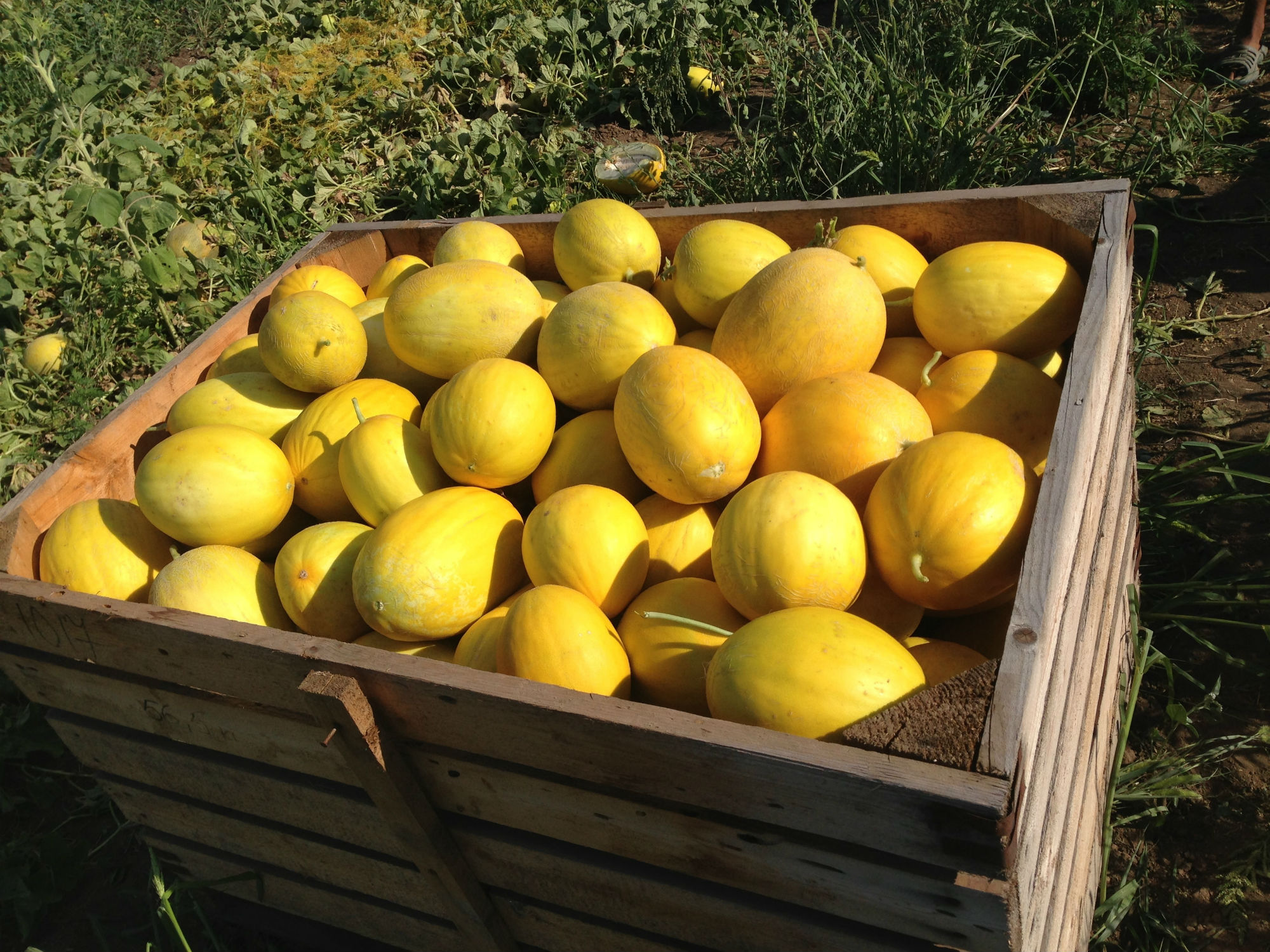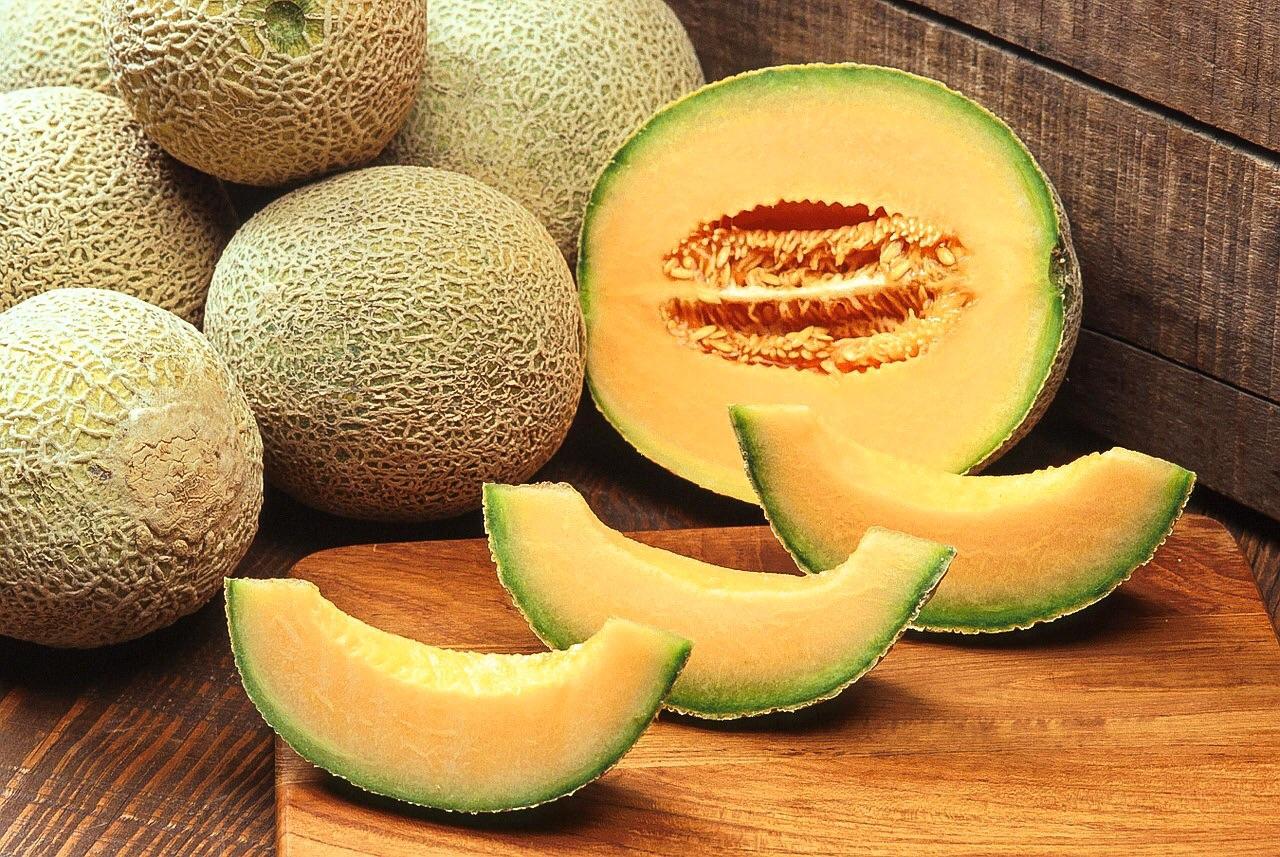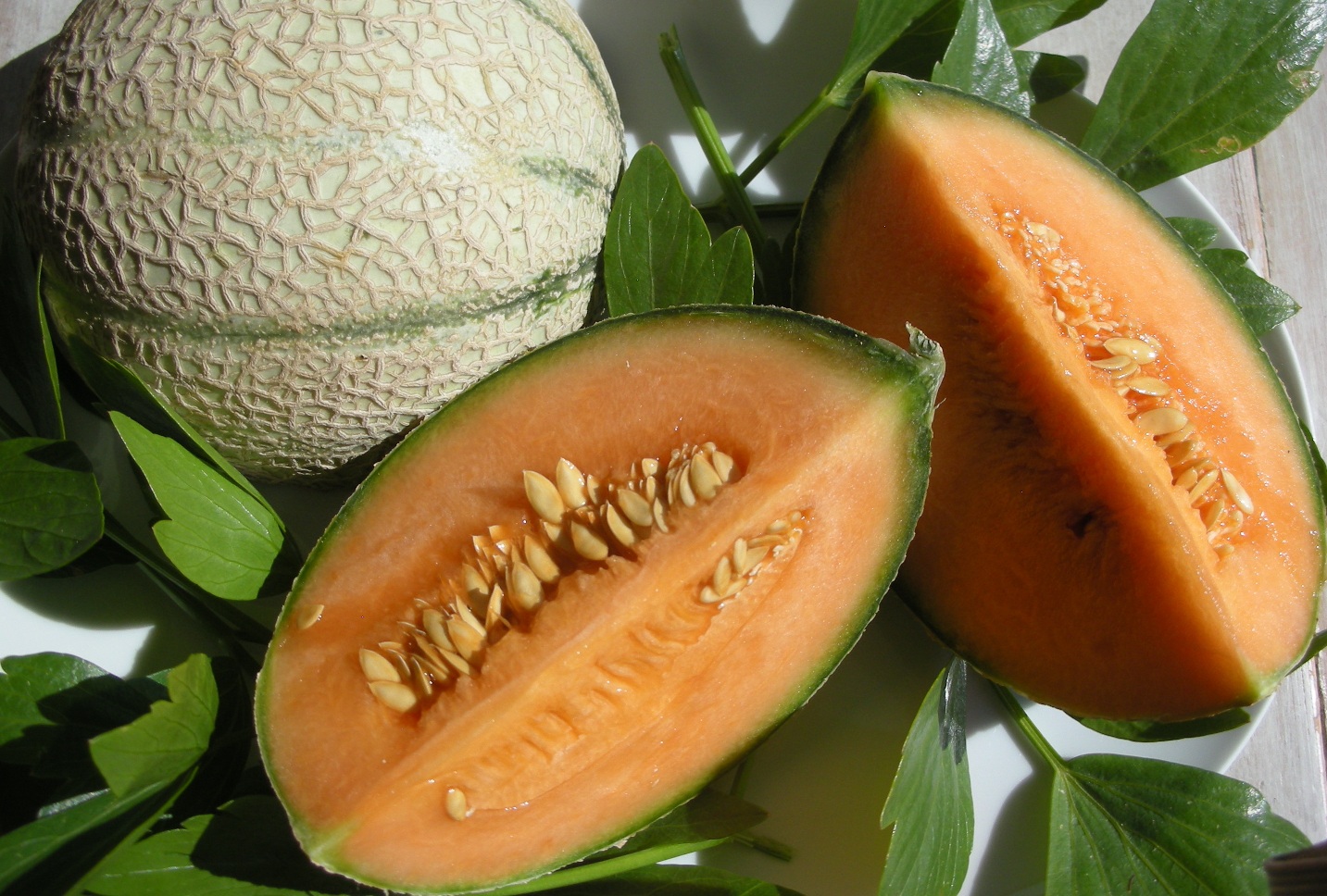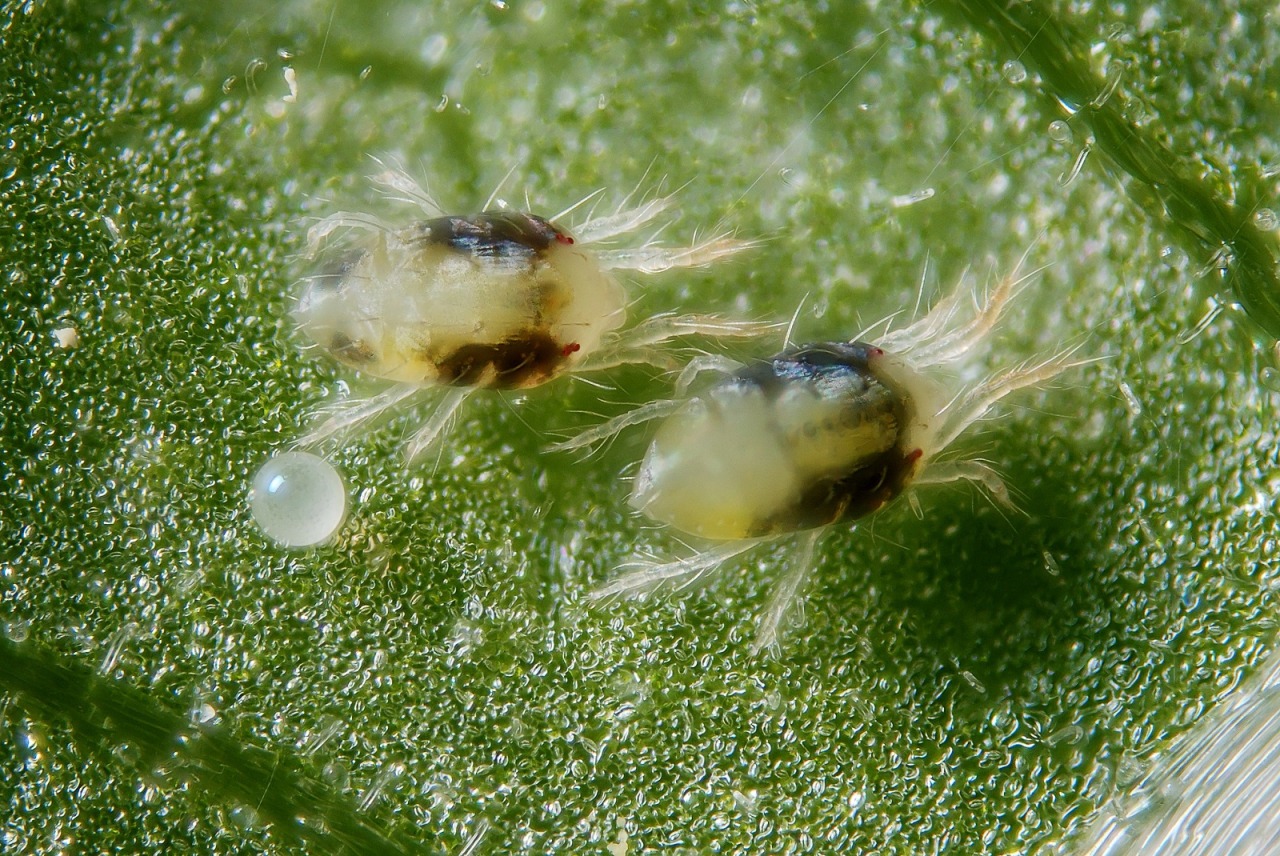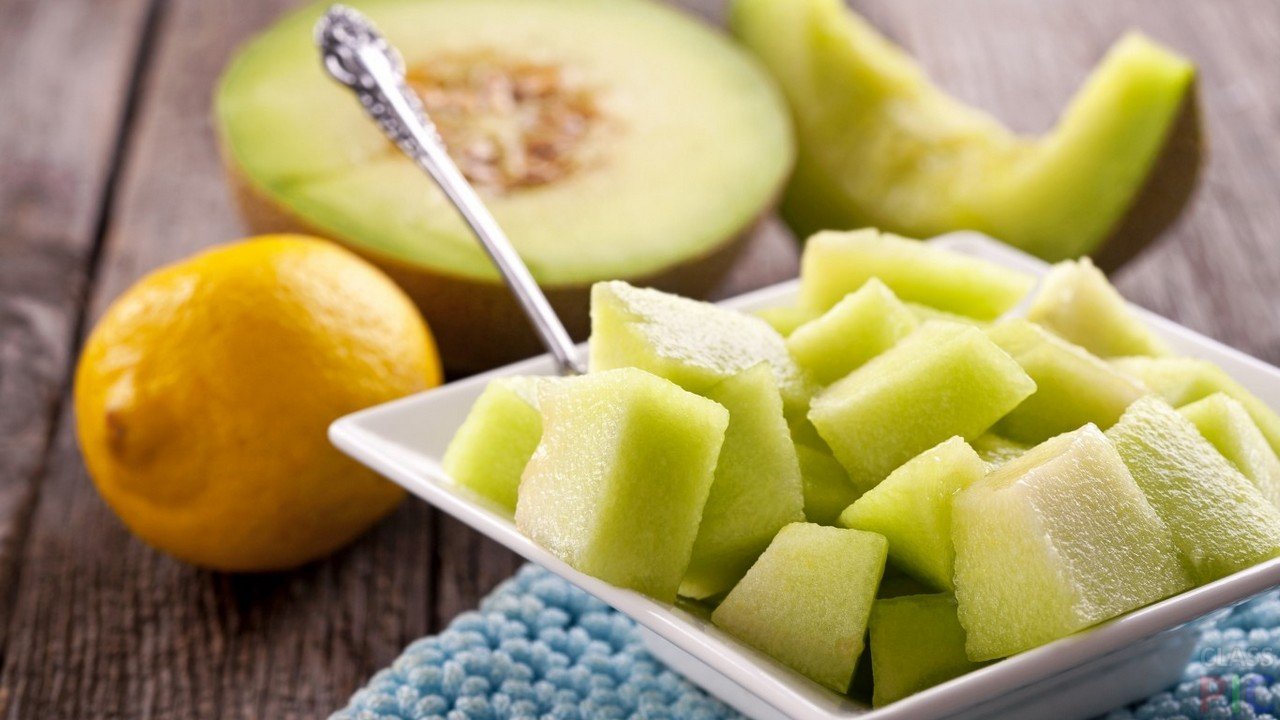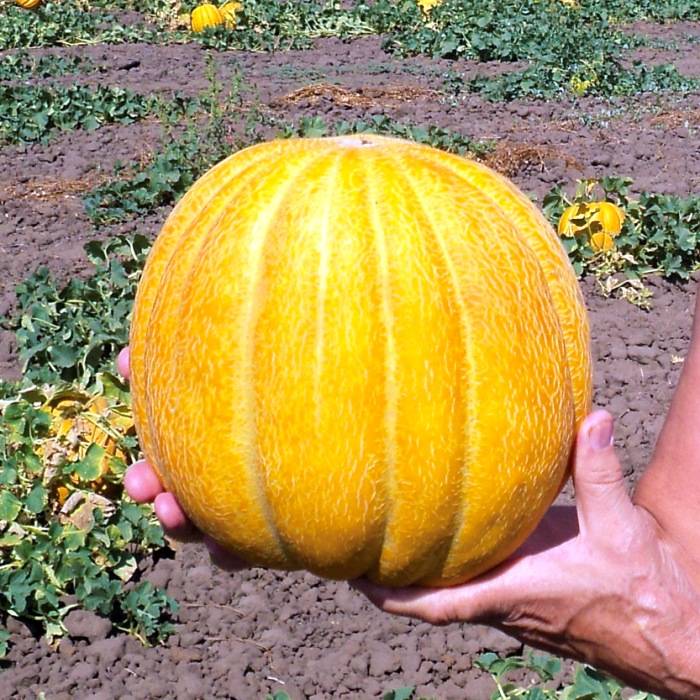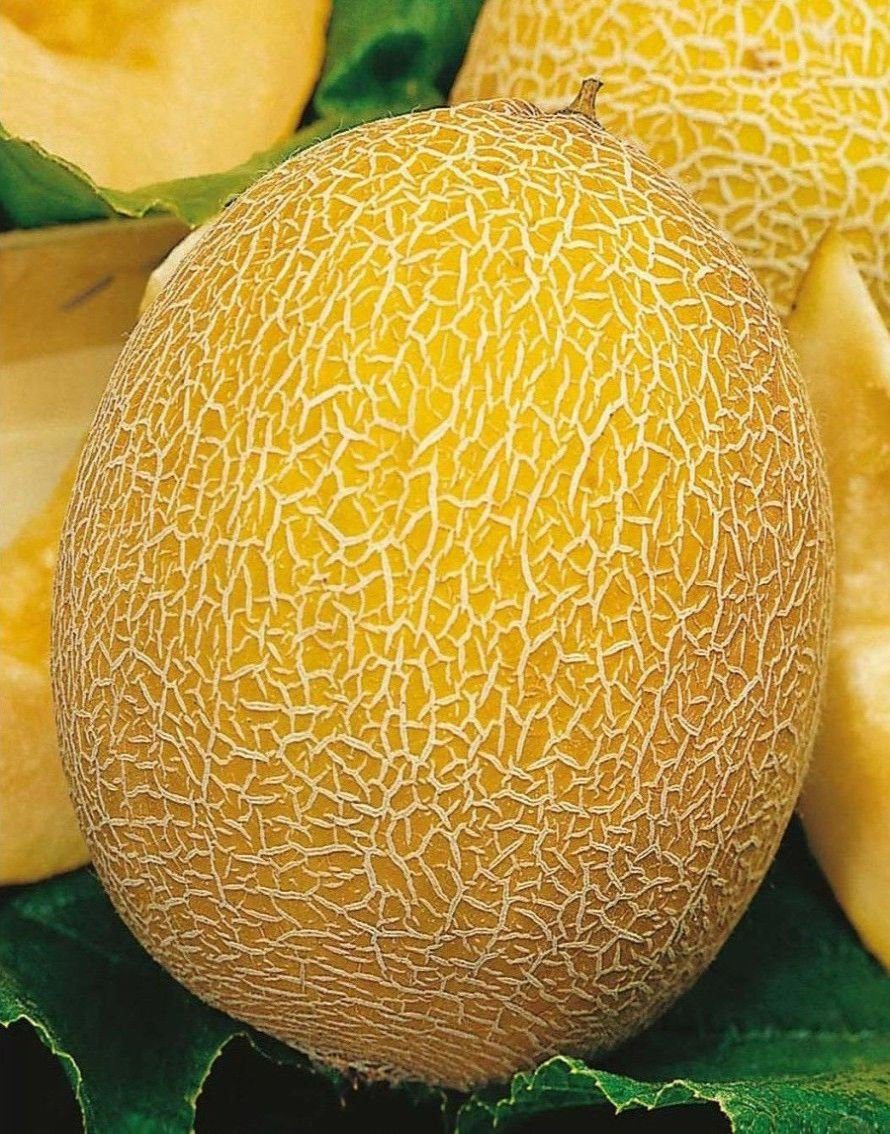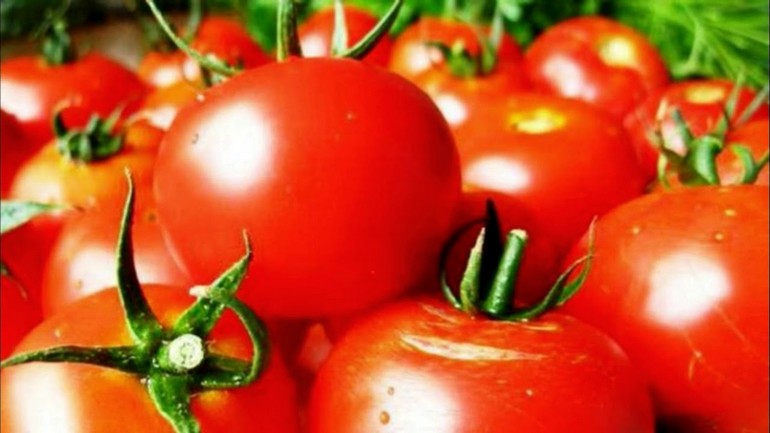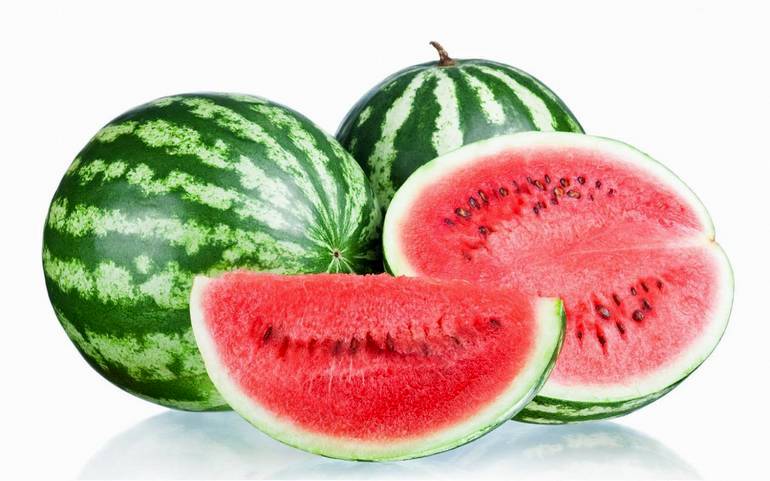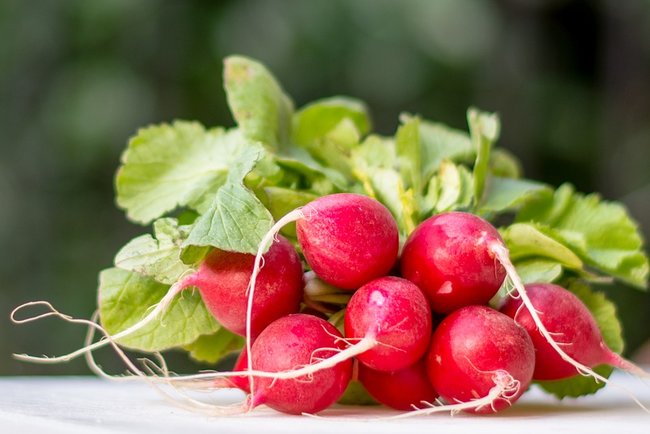Content:
Melon is a melon herb that does not tolerate the absence of heat and light. The fruit belongs to the family Cucurbitaceae (Pumpkin) and the genus Cucumis (Cucumber). The culture grows in countries without high air humidity (with the exception of adapted varieties). Central Asia is considered the birthplace of melon. The fruit can be spherical or cylindrical (depending on the variety).
What is melon
Disputes among breeders concern the question of which hierarchy to rank the voiced gift of nature in. The dilemma "melon is a berry or a fruit" is solvable. The juicy edible fruits of a shrub or tree do not fit the description of a melon culture. Melon is definitely not a fruit, but a berry. Some gardeners may be confused by this definition due to the large size of the fruit. Melon, however, is a berry because it grows on an ovary bush.
The question "melon is a fruit or a vegetable" also has an unambiguous answer. The fruits of herbs suitable for food are called vegetables. An additional confirmation of the sounded qualification is the "related" connection of a large berry with a cucumber.
Melon varieties
For an accurate description of each species, they should be classified according to the ripening period of the melons.
Early maturing varieties
The similarity of these plants is the rapid growth and low sugar content of the product. Individual characteristics of each variety:
- Ternek. The homeland of the fruit is Turkmenistan, which does not prevent it from adapting to more severe growing conditions. Distinctive qualities of the variety are a sharp melon aroma and a content of 8-15% sugar in the pulp. Ternek ripens - up to 2.5 months. In regions with low temperatures, seedlings are planted in mid-summer in open ground (collection in September) using collapsible greenhouses.
- Raymond F1. The hybrid from Hazer Genetincs (Israel) is resistant to various diseases. It takes root well in central Russia and the Moscow region. It gains power when planted in the ground according to a clear pattern - 0.8 * 1.5 m.When properly grown, it gives 4-6 melon fruits from the ovary. Ripening with the seedling method - 1.5 months; outdoors - 2 months.
- Scythian gold. Rounded yellow fruits weigh up to 1.5 kg. The maximum ripening period is 80 days. Seedlings are planted in early May in open ground. Layout - 70 * 150 cm. Best of all gaining taste in a greenhouse.
Mid-season varieties
Such melons and gourds are a borderline variant between early and late varieties.
- Collective farmer. A small fruit has a spherical shape weighing up to 1300 g. It is grown in many regions: the Urals, Siberia, the Far East, the Volga region and the North Caucasus. The sugar content in the pulp is more than 15%. The variety is cold-resistant and has a rich aroma. Seedlings are planted in open ground at a distance of 70 cm (in length and width) from each other. After watering, the obligatory loosening of the soil around the ovary is provided.
- Jumbo. The fruit is elongated and weighs about 2 kg. Melon ripening period is three months. An excellent harvest should be expected when growing melons in greenhouse conditions. At the end of April, the seeds are planted in peat pots. Mandatory temperature regime is 25-30 ° C. The 4 leaves that have appeared is a signal for placing seedlings in the greenhouse.
- Iroquois. The variety perfectly tolerates adverse climatic conditions. Fruit weight with orange pulp reaches 2 kg. A feature of the Iroquois is the need for timely harvesting.When the melon expires, it loses the sugar accumulated during the ripening process, which deteriorates its taste.
Late varieties
Gardeners usually prefer these varieties.
- Princess Mary. The late hybrid has a spherical shape, gray-green (with a white mesh) color and orange flesh with a musky aroma. The weight of the fetus reaches 1.3 kg. Princess Mary is perfectly adapted to viral and bacterial diseases. With high frost resistance, it is still worth placing the seedlings under a film in a greenhouse. Shoots must be pinched regularly. Watering should be stopped two weeks before ripening.
- A pineapple. The elongated fruit with a golden skin weighs a maximum of 3 kg. The juicy white pulp smells like pineapple. Pineapple is planted in open ground in the southern regions. Black Sea and Moscow region implies cultivation in greenhouse conditions.
- Golden. A small fruit (up to 1.5 - 2 kg) has a smooth yellow skin. The juicy pulp of a white melon has a delicate aroma. Ripening period - 90 days. Grown in a greenhouse and outdoors. The main condition for buying is the selection of large seeds, which should be soaked in a solution from a specialized store.
Also interesting for gardeners is Cantaloupe - a type of melon. Oval shape, striped peel, orange pulp, weight up to 1200 g and excellent transportability are the main features of the variety.
Pest control
Melon is a vegetable that is loved not only by humans, but also by insects. Melon crops are often attacked by the following pests:
- Aphid. The insect can look harmless due to its small size. However, pests are placed in groups on the leaf to suck the juice out of it. As a result, the whole ovary turns yellow, shrinks and twists. The main method of combating melon aphids is collecting plant residues from the site, processing the planting area with a special solution. The composition of the liquid: Karbofos (60 g - 8 L of water), laundry soap (100 g - 10 L of water) and Actellik (2 ml - 0.7 L of water).
- Spider mite. The parasite harms in the same way as the melon aphid. The tick is eliminated with the help of acaricidal preparations and phosphorus (sulfur) compounds.
- Wireworm. A lover of potatoes looked after a delicacy and a melon. It is not recommended to treat its appearance calmly, because the wireworm gnaws seeds from the fruit. Control methods - loosening the soil, timely removal of weeds and supply (when planting) each hole with 1 tbsp. crushed egg shell. It is recommended to arrange pest baits. At the end of spring, straw and last year's grass should be placed in the soil recesses. The bait is burned when it has collected a sufficient number of parasite larvae.
- Gnawing scoop. The plant stems suffer from the caterpillars of this butterfly. Volaton and Decis will help to destroy pests (use according to the instructions). You can moisten the furrows and treat them with Bazudin (15 g per 10 square meters), mixed with 0.5 liters of sand.
- Melon fly. The pest lays eggs in the pulp, after which the fruit rots in a short period of time. Methods of dealing with melon fly - dressing seeds in potassium permanganate before planting and treating the beds with a solution of Zenith or Rapira. When a plant is flowering, it will benefit from treating it with the insecticide Kemifos (1 ampoule per 5 liters of water).
Melon health benefits
The average calorie content of melons is 35 kcal per 100 g of product. To understand how melon is useful, you should consider its chemical composition:
- Retinol. Vitamin A is known to be the premier beauty and collagen product.
- Thiamin.Vitamin B1 is the main participant in metabolic processes in the human body.
- Riboflavin. Vitamin B2 is a regulator of a number of important biochemical reactions at the cellular level.
- Pantothenic Acid. Vitamin B5 prevents metabolic failure in the body.
- Pyridoxine. Vitamin B6 is involved in amino acid metabolism.
- Folic acid. Vitamin B9 eliminates the threat of developing anemia.
- Vitamin C. Vitamin C helps to strengthen the immune system.
- Alpha tocopherol. Vitamin E is responsible for female fertility, helps with infertility, removes cholesterol plaques and fights free radicals.
- Microelements. Iron increases hemoglobin. Iodine regulates the thyroid gland. Cobalt activates enzymes. Manganese is responsible for the development of cells and tissues. Copper promotes the synthesis of erythrocytes and leukocytes. Fluorine is the main participant in bone formation. Zinc is the organizer of cell division and DNA production.
- Macronutrients. Potassium strengthens the heart muscle. Calcium is responsible for the integrity of bones and tooth enamel. Magnesium is essential for the breakdown of glucose. Sodium maintains water-salt balance in the body. Sulfur is a mineral of beauty and youth.
The energy value of the melon is quite high, which gives reason to include it in the daily diet.
Contraindications to eating melon
There are not so many restrictions on the introduction of melons into the diet, but there are still contraindications:
- Gastrointestinal problems. In large quantities, the fruit should not be consumed in chronic gastritis, stomach ulcers or duodenal ulcers.
- Type I and II diabetes. Some melon varieties are high in sugar, which can adversely affect the health of people with endocrine disruption.
- Women on GV. Pediatricians insist that not only chocolate, but also melon can negatively affect the quality of breast milk.
- Diet. If you want to lose weight, it is recommended not to eat melon.
Melon is a melon culture, which is famous not only for its taste, but also for its beneficial properties. In the absence of contraindications in use, you can grow it by following the above instructions.
